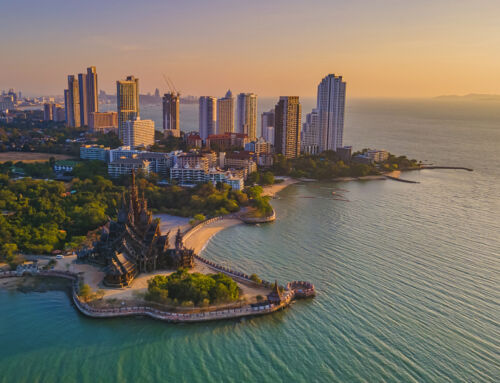In 1980, college students Lalithambika and Mallika tied their hands together and jumped into a canal in Kerala because they could not bear to be separated. In 1991, two men got married and lived together “as husband and wife” in Thrissur. In 1993, they stabbed each other to death because of “the non-recognition of their marriage”. In 2018, factory workers Asha Thakor and Bhavna Thakor drowned themselves in Ahmedabad for the same reason. The Supreme Court (SC) judgment denying same-sex couples the right to legal recognition of their marriages asks the government to form a committee to “mitigate” discrimination. Let the discrimination continue but make it less severe.
What I find somewhat amusing is that the judges go to great lengths to demonstrate their knowledge of the discrimination same-sex couples face but finally decline to intervene (HT file photo) What I find somewhat amusing is that the judges go to great lengths to demonstrate their knowledge of the discrimination same-sex couples face but finally decline to intervene (HT file photo)
What I find somewhat amusing is that the judges go to great lengths to demonstrate their knowledge of the discrimination such couples face but finally decline to intervene. The judges affirm that marriage has changed a lot over time, and is not the same even today since some marriages are polygamous and others monogamous. They quote my book Love’s Rite: Same-Sex Marriages in Modern India to acknowledge that many Indian families have accepted same-sex marriages since the 1980s while many other couples have committed joint suicide. They understand that the demand for marriage equality is not a western or an urban elite idea: “A practice is ‘Indian’ when it is… practised by Indian citizens. Something which is Indian could be present from time immemorial or it could be a recent development…The constitutional guarantee certainly does not fade based on the level of acceptability that a particular practice has achieved.” They agree that marriage is not only about procreation because some heterosexual couples who are legally married cannot reproduce and others choose not to do so.
Yet they conclude they cannot read down the Special Marriage Act (SMA) (which governs the marriage of any two Indians, regardless of religion) because that would amount to making law, which only the legislature can do. In that case, why admit the petitions at all?
The SMA could be read down by replacing the words “bride” and “groom” with “spouses”, as several countries have done, or by reading these words as ungendered. Several same-sex couples see themselves as bride and groom. In 1993, two village girls, Vinoda Adkewar, 18, and Rekha Chaudhary, 21, presented themselves as bride and groom to the Registrar of Marriages in Chandrapur, Maharashtra.
The SC thinks that gender-based inheritance laws or the bride being 18 and the groom 21 and the prohibition on marrying relatives in the SMA are insuperable difficulties. One would imagine that none of the 34 countries that have legalised same-sex marriage had to deal with inheritance or incest laws. Could a committee not have been formed to sort these questions out?
The justices repeat what many lower courts and officials have stated — that same-sex couples can perform any ceremony and live together, that the law should protect them against violence, and that transgender persons can legally marry someone of the other gender. This last provision is likely to encourage some individuals to present themselves as transgender in order to marry. In 1989, Manju Chawla underwent a sex-change operation and told a journalist she had done this in order to marry her classmate.
The justices ask the government to form a committee to “consider” which rights can be provided to same-sex couples. They do not prescribe a deadline or instruct the government to report back to the SC with findings. The committee would probably include some who are for equality and others who are against it; they can continue arguing indefinitely.
A petition filed by Parag Mehta and Vaibhav Jain, legally married in the United States (US), asked that the Foreign Marriage Act, which provides for Indian recognition of marriages conducted outside India, be read to include same-sex marriages. The SC neither did this nor instructed the government to consider it. The absurd situation thus continues whereby Mehta and Jain or my American wife and I are considered married in the US and single in India. This can become a life-and-death matter at any time, if one spouse is hospitalised in India and the other is not recognised as next of kin.
Aditya Advani and Michael Tarr, married in 1993 by Hindu rites and legally married in the US, have lived in Delhi with their children for over a decade. Michael, like my wife, is still on a tourist visa and has to leave the country every six months. But a foreigner who marries an Indian or an Indian Overseas Citizen of India (OCI) holder of the opposite sex, immediately gets the right to obtain an OCI and to live in India for as long as they like, open a bank account, hold a job and purchase property.
I have no doubt that there will be marriage equality in India one day but most likely not in my lifetime.







Leave A Comment